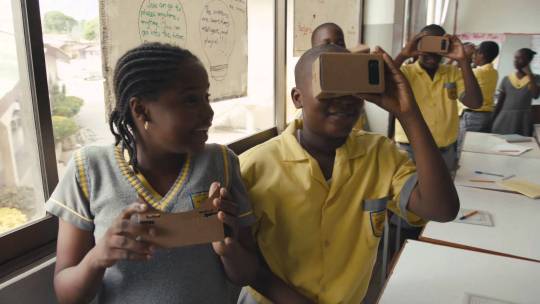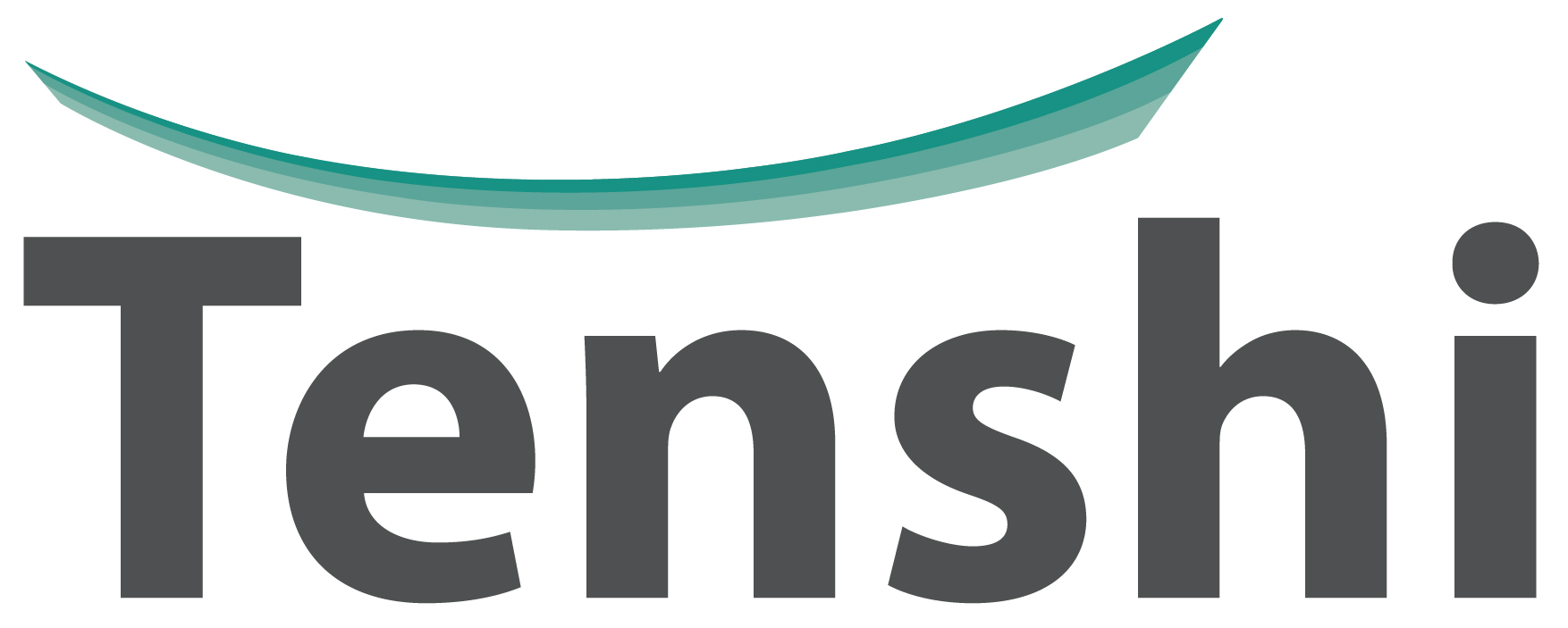
For children in the 1980s school trips typically involved a trip to a local factory or – if you were really lucky – a day trip to France, where you could stock up on bangers, beer and ninja stars.
They were, as a whole, pretty dull, welcomed as an excuse to get out of the classroom but without a great amount of educational insight.
But imagine, say, a school trip to the Galapagos Islands in biology class or an excursion to the Great Wall of China for history. Imagine actually seeing the Pyramids or the Colosseum in Rome.
That would doubtlessly stimulate young minds and bring lessons to life. But, for all but the most expensive private schools, such ambitious excursions are impossibly expensive.
Unless, of course, you go there virtually.
Such is the aim of a new educational tool from Google, Expeditions, which is set to launch this autumn after premiering at the company’s I/0 15 conference. The system uses a bespoke Expeditions app and Google Cardboard, the company’s low cost virtual reality system, to bring VR into the classroom, “taking students places a school bus can’t go”.
Expeditions works by allowing the teacher to send synchronised three-dimensional 360° panoramas to each student’s Cardboard viewer.
Partners such as the American Museum of Natural History are working with Google to create customised VR panoramas, which include 360° photo spheres, 3D images and video and ambient sounds. These are annotated with details, points of interest and questions to make for seamless integration into existing curriculums.
The teacher can lead their group through this virtual field trip, choosing what content they see and pointing out specific points of interest. They can also – in time-honoured fashion – pause trips to get their students’ attention.
Reaction to the initiative has been warm. “So many times, I’ve wished that I could take my students on a journey and tell them the kinds of stories that got me excited about social studies,” Hector Camacho, who took his economics class on an Expedition to Wall Street, told Google.
“Expeditions helped create an experience I could never have created using just words and it helped my students develop a fascination with economics.”
Well, he might well say that, having been chosen for Expedition’s pilot programme. But comments underneath the Google blog announcing the product launch are also very positive.
“In many countries, there are no school buses. People walk a great distance to fetch water or attend a conglomeration in a ramshackle place called ‘school’,” comments Dhruva Krishnamurthy of Cupertino.
“Travel beyond is not even a dream and their world starts and ends in that environment.
I see Google Cardboard as the best possible means to show one world of the other worlds that together make this big world we all live in. Very happy Google is championing this field.”
You might wonder at this point whether a region without school buses would have enough money for Google Expeditions. Possibly not – and until prices are announced for the kit it is impossible to say.
And yet the fact that the system uses Google Cardboard, a low-cost system that retails for around $15 – $20, suggests that the set up is likely to be more or less affordable for most schools. The whole point of cardboard, after all, is to “experience virtual reality in a simple, fun and affordable way”. So pricing schools out of the game would be rather counterproductive.
In any case, Expeditions is hardly alone in leading the charge of wearable technology into the classroom. Emory Craig, director of eLearning and Instructional Technology at the College of New Rochelle in New York, made a presentation at Campus Technology 2014 in Boston in which he identified several key ways that wearable devices could be used in education.
Virtual field trips are one of these. But Craig also talked about “experiential learning” and Augmented Reality (AR).
The former is based on similar thinking to Expeditions – allowing students to experience lessons, rather than just reading about things.
As a possible example Craig cited the Historypin project, a user-generated archive of historical photos, videos, audio recordings and personal recollections, which can be accessed and explored by apps such as Google Street View. This, Craig suggested, could one day be accessed via wearable devices such as Oculus Rift.
Augmented Reality, meanwhile, could make “history come alive for our students in a different way” Craig said, with school books one day overlaid with AR layers that could turn them into interactive, 3D experiences.
“I think it’s fascinating when you look at that … and I’m wondering if 10 years from now we’ll have an actual physical book that is the basis of a whole visual experience,“ Craig said (via CRN.com). “We don’t really know where this is going to go.”
if these ideas seem futuristic, though, they’re nothing compared to Muse, a “brain sensing headband” which some observers have suggested could have a future in the classroom.
Currently, Muse is aimed at the meditation market – the company itself bills the tool as a “personal meditation assistant” which gives you “accurate, real-time feedback on what’s happening in your brain when you meditate”, essentially looking for distracted thoughts.
But imagine, The Guardian asked in a recent Teacher Network piece, if teachers could use Muse to see how their students are reacting to certain lessons and adjust their planning accordingly?
Maybe that seems a little Brave New World for the moment – “Oh god, I had a sudden vision of Muse becoming a compulsory tool for someone observing my lessons. ‘I’m afraid you won’t receive pay progression this year Ms X…’ as one Guardian commenter puts it.
But with wearable technology moving into the marketplace at such a rapid pace and the likes of Google clearly keen to push it into the classroom, who knows what the immediate future might bring?
@GoogleForEdu
